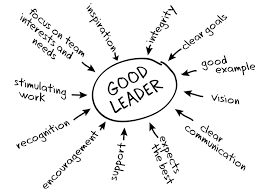I think only 50% of managers today are any good. Of these only about 20% are truly great. There are many benefits to being a great manager.
- Talented people want to work for you
- You can build a high performing team who loves to learn and thrive together
- You receive high job satisfaction from helping others develop in their career.
- You also get to learn from your team and achieve amazing results together
Do you want to achieve all these things and become a great manager? If so, here are five tips to help you.
Tip 1: Know your work. You cannot become a great manager if you are not good at the work you own. You must be the example for your team. This doesn’t mean you need to know more than all of your team. What it means, however is that you need to continue to hone your craft and lead from the front. For example, ... read more



